Creating a Personalized MOBA Training Regimen
Mastering the complex world of Multiplayer Online Battle Arenas (MOBAs) requires more than just innate talent; it demands strategic planning and dedicated practice. This guide delves into creating a personalized training regimen tailored to your individual skill level and goals, transforming you from a novice to a seasoned MOBA player. We’ll explore how to assess your strengths and weaknesses, set achievable goals, design effective practice routines, and integrate essential theory and strategy to maximize your improvement.
From understanding fundamental game mechanics to mastering advanced techniques like wave management and team fighting, we provide a structured approach to enhance your gameplay. We’ll also cover the importance of mental fortitude, stress management, and consistent progress tracking, crucial components often overlooked in the pursuit of MOBA mastery. This comprehensive guide empowers you to chart your own course to success within the competitive landscape of MOBAs.
Understanding Player Skill Levels
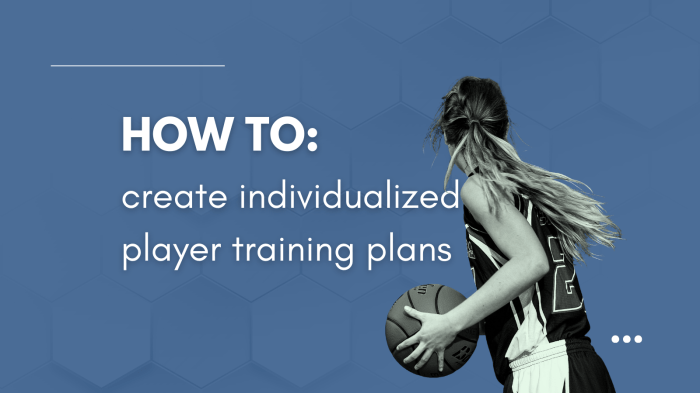
Accurately assessing a MOBA player’s skill level is crucial for creating an effective personalized training regimen. Understanding the player’s current strengths and weaknesses allows for targeted improvement, maximizing training efficiency and preventing frustration. Different skill levels exhibit distinct characteristics in various aspects of gameplay, from basic mechanics to strategic decision-making.
MOBA Skill Level Categorization and Defining Characteristics
MOBAs typically see players categorized into beginner, intermediate, and advanced levels. These categories aren’t rigidly defined, and players may exhibit characteristics of multiple levels simultaneously. However, understanding these general distinctions provides a valuable framework for personalized training. Beginners often struggle with fundamental mechanics, while intermediate players demonstrate improved mechanics but may lack strategic depth. Advanced players excel in both mechanics and strategy, consistently making optimal decisions.
Skill Level Comparison Table
The table below provides a comparison of skill sets across beginner, intermediate, and advanced player levels. Note that these are generalizations, and individual players may vary.
| Skill Level | Champion Pool Size | Game Sense | Macro Play | Micro Play | Mechanical Skill |
|---|---|---|---|---|---|
| Beginner | Small (1-5 champions) | Limited understanding of objectives and team composition. | Poor map awareness; struggles with objective control and rotations. | Basic last-hitting and ability usage; frequent missed skillshots. | Inconsistent; struggles with basic combos and maneuvering. |
| Intermediate | Medium (5-15 champions) | Good understanding of objectives and basic team compositions; recognizes common strategies. | Improved map awareness; participates in objectives and rotations, but may lack optimal timing. | Consistent last-hitting and ability usage; fewer missed skillshots. | Solid; executes basic combos and maneuvers reliably. |
| Advanced | Large (15+ champions, often with specialized roles) | Excellent understanding of objectives, team compositions, and enemy strategies; anticipates opponent actions. | Exceptional map awareness; consistently makes optimal rotations and secures objectives. | Near-perfect last-hitting and ability usage; precise skillshot accuracy. | High level; executes complex combos and maneuvers flawlessly, adapting to changing circumstances. |
Typical Learning Curve for Each Skill Level
The learning curve in MOBAs is notoriously steep. Beginners may experience a period of rapid improvement as they learn fundamental mechanics and game concepts. This initial progress often slows as players reach the intermediate level, requiring dedicated practice and strategic thinking to overcome plateaus. Reaching the advanced level requires significant time investment, mastery of intricate mechanics, and a deep understanding of strategic gameplay. Consistent practice, analysis of gameplay, and learning from mistakes are essential for progression at all levels. For example, a beginner might focus on mastering last-hitting and basic combos, while an intermediate player might focus on improving map awareness and objective control. An advanced player might focus on refining their decision-making under pressure and mastering advanced techniques.
Assessing Individual Player Strengths and Weaknesses
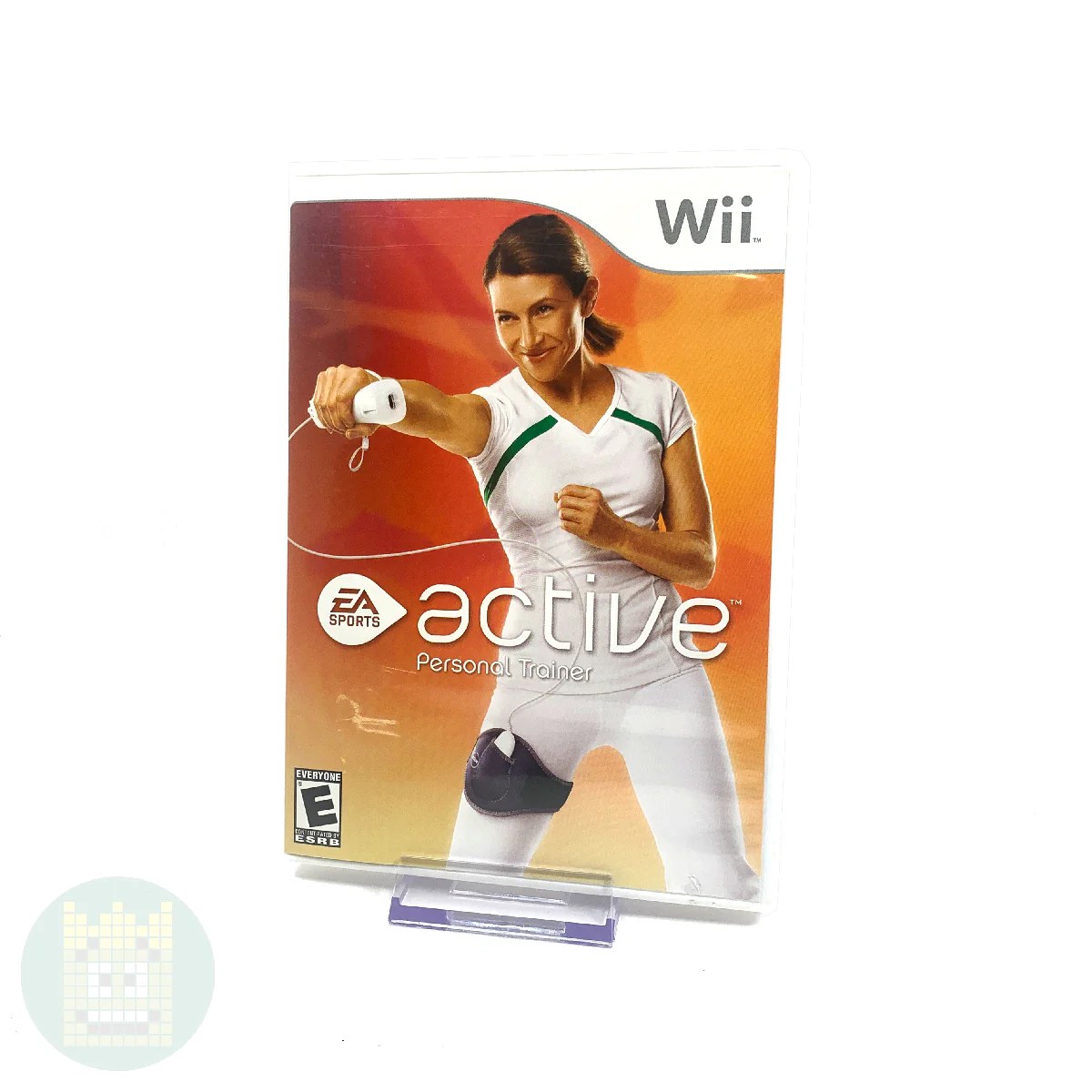
Understanding your strengths and weaknesses is crucial for improving in any MOBA. A self-aware player can focus their training on targeted areas for growth, leading to faster and more effective skill development. This section will Artikel methods for identifying your individual strengths and weaknesses, allowing you to build a personalized training regimen.
A comprehensive approach involves both introspection and objective analysis of gameplay. By combining self-assessment with data-driven feedback from replays, players can gain a holistic understanding of their performance and pinpoint areas needing attention.
Self-Assessment Questionnaire
This questionnaire aims to help players identify their strengths and weaknesses across various aspects of MOBA gameplay. Honest self-evaluation is key to obtaining valuable insights. Consider your typical performance in ranked matches to answer the following questions, rating yourself on a scale of 1 to 5 (1 being very weak, 5 being very strong).
| Skill Area | 1 | 2 | 3 | 4 | 5 |
|---|---|---|---|---|---|
| Last-hitting | Poor | Fair | Average | Good | Excellent |
| Map Awareness | Poor | Fair | Average | Good | Excellent |
| Team Fighting | Poor | Fair | Average | Good | Excellent |
| Decision Making | Poor | Fair | Average | Good | Excellent |
| Laning Phase | Poor | Fair | Average | Good | Excellent |
| Objective Control | Poor | Fair | Average | Good | Excellent |
| Communication | Poor | Fair | Average | Good | Excellent |
| Champion Pool | Limited | Small | Moderate | Large | Extensive |
After completing the questionnaire, review your ratings. Identify areas where you scored consistently lower than others. These areas represent your primary weaknesses. Conversely, high ratings indicate your strengths.
Gameplay Replay Analysis
Analyzing your own gameplay replays offers an objective perspective on your performance. Many MOBAs provide built-in replay systems, or third-party tools can be used. Focus on specific aspects of gameplay, such as:
- Decision-Making: Were your decisions optimal given the game state? Did you make rash choices or hesitate unnecessarily?
- Objective Control: How effectively did you participate in securing objectives like towers and dragons? Were you proactive or reactive?
- Teamwork: Did you effectively communicate and coordinate with your team? Did you support your teammates adequately?
- Laning Phase: Did you efficiently farm and maintain lane control? Did you successfully trade with your opponent?
- Macro Gameplay: Did you understand and react appropriately to the overall game state? Did you adapt to changing circumstances?
By meticulously reviewing your replays, focusing on specific moments and decisions, you can pinpoint areas for improvement that may not be apparent through self-assessment alone. For instance, a player might believe they are a strong team fighter but replays might reveal poor positioning or inefficient use of abilities.
Common Weaknesses in MOBA Players
Common weaknesses vary depending on skill level. However, some patterns emerge. Beginner players often struggle with last-hitting, map awareness, and basic game mechanics. Intermediate players may show weaknesses in decision-making under pressure, objective control, and effective communication. Advanced players may struggle with optimizing their gameplay across all phases of the game, maintaining consistent performance, and adapting to diverse strategies. These are broad generalizations, and individual players will have unique areas for improvement.
Setting Personalized Goals and Objectives
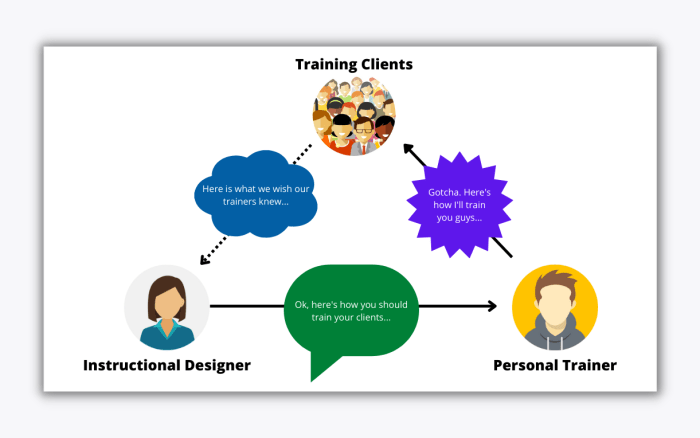
Establishing clear, measurable goals is crucial for effective training in any competitive environment, and MOBA games are no exception. Without defined objectives, improvement becomes a nebulous process, lacking direction and hindering progress. Setting specific goals allows for focused practice and provides tangible benchmarks to track your development.
The SMART goal framework provides a structured approach to ensure your training objectives are both ambitious and attainable. This framework emphasizes the importance of creating goals that are Specific, Measurable, Achievable, Relevant, and Time-bound. By adhering to these principles, you can maximize your training efficiency and ensure consistent progress towards your desired skill level.
SMART Goal Application in MOBA Training
The SMART framework provides a practical structure for defining training goals. A vague goal like “improve my gameplay” is unhelpful. A SMART goal, however, might be: “Increase my average KDA (Kills, Deaths, Assists) in ranked games by 1.5 points within the next month by focusing on improving my laning phase decision-making and objective control.” This example demonstrates specificity, measurability (KDA), achievability (1.5 point increase is a realistic target for most players over a month), relevance (directly impacts game performance), and a time-bound aspect (one month).
Sample Goal-Setting Template for MOBA Players
| Goal Category | Specific Goal | Measurable Metric | Achievable Target | Relevant to Overall Improvement | Timeframe |
|---|---|---|---|---|---|
| Champion Mastery | Master playing Ahri | Achieve a minimum of 50% win rate with Ahri in ranked games. | Achieve 50% win rate within 2 weeks. | Improves champion pool and overall strategic depth. | 2 weeks |
| Win Rate Improvement | Increase overall win rate | Track win rate in ranked games. | Increase win rate by 5% over the next month. | Directly impacts ranking and overall performance. | 1 month |
| Teamwork Enhancement | Improve communication and coordination with teammates | Track instances of positive communication and successful team plays per game. | Average 3 positive communication instances and 2 successful team plays per game within 3 weeks. | Crucial for success in team-based games. | 3 weeks |
| Map Awareness | Improve map awareness and objective control | Track the number of successful objective secures and ward placements per game. | Increase successful objective secures and ward placements by 2 per game within 1 week. | Essential for controlling the game pace and securing victory. | 1 week |
Different Goal Categories
Effective training necessitates a multi-faceted approach, encompassing various aspects of gameplay. Focusing solely on one area can lead to unbalanced skill development. Therefore, a well-rounded training regimen should include goals across different categories. These categories might include improving champion mastery (focusing on specific champions), increasing win rate (a holistic measure of overall performance), enhancing teamwork (improving communication and coordination), improving macro game (strategic decision-making and objective control), and refining micro game (mechanics and individual skills). A balanced approach, incorporating goals from multiple categories, promotes holistic improvement.
Designing a Training Plan
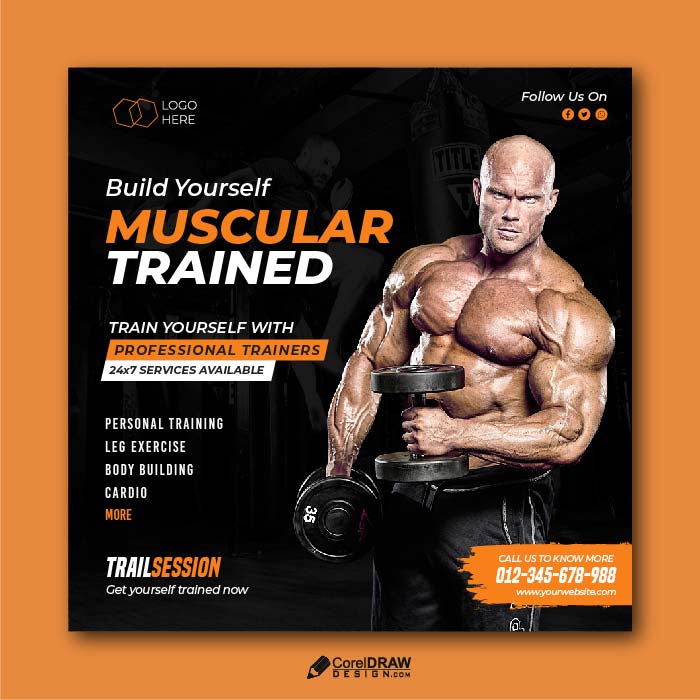
Crafting a personalized training regimen requires a structured approach. A well-designed plan will systematically address weaknesses and build upon existing strengths, ultimately leading to improved gameplay. This involves creating a consistent practice schedule and incorporating targeted drills to hone specific skills.
Sample Weekly Training Schedule
This sample schedule balances focused skill practice with game experience. Remember to adjust this based on your available time and personal priorities. Prioritize consistent effort over excessive playtime.
| Day | Activity | Focus | Duration |
|---|---|---|---|
| Monday | Last-hitting practice (vs. bots) | Improving CS (Creep Score) | 30 minutes |
| Tuesday | Map awareness exercises (custom game) | Tracking objectives and enemy movements | 45 minutes |
| Wednesday | Team fight simulations (custom game) | Positioning and coordination | 60 minutes |
| Thursday | Ranked match | Applying learned skills in a competitive setting | 1-2 matches |
| Friday | Review gameplay recordings | Identify areas for improvement | 30 minutes |
| Saturday | Free play (Ranked or Normal) | Consolidation and enjoyment | Flexible |
| Sunday | Rest or light practice | Prevent burnout | Optional |
Effective Practice Drills
Targeted drills are crucial for skill development. Consistent practice, even in short bursts, is more effective than infrequent, lengthy sessions.
- Last-hitting: Practice against AI opponents, focusing on maximizing creep score while minimizing damage taken. Start with easier difficulties and gradually increase the challenge. Aim for consistent last hits, aiming for a high CS per minute (CPM) target.
- Map Awareness: Play custom games with a focus on tracking objectives (e.g., dragon, baron) and enemy movements. Try to predict enemy actions based on missing heroes and minimap information. Use the minimap constantly, even during team fights.
- Team Fighting: Practice positioning and coordination in custom games. Experiment with different hero compositions and roles. Focus on maximizing damage while minimizing your vulnerability. Record and review these sessions to identify mistakes and refine your strategies.
Resources for Practice
Access to varied opponents is key to effective training. Each option offers unique benefits and challenges.
- Bots: Ideal for practicing fundamental mechanics like last-hitting and basic combos without the pressure of human opponents.
- Custom Games: Allow for controlled practice scenarios, enabling focused work on specific skills with friends or teammates. Experiment with different strategies and team compositions.
- Ranked Matches: Provide a competitive environment to test your skills against other players of similar skill level. This is where you apply your training in a high-stakes environment.
Incorporating Theory and Strategy
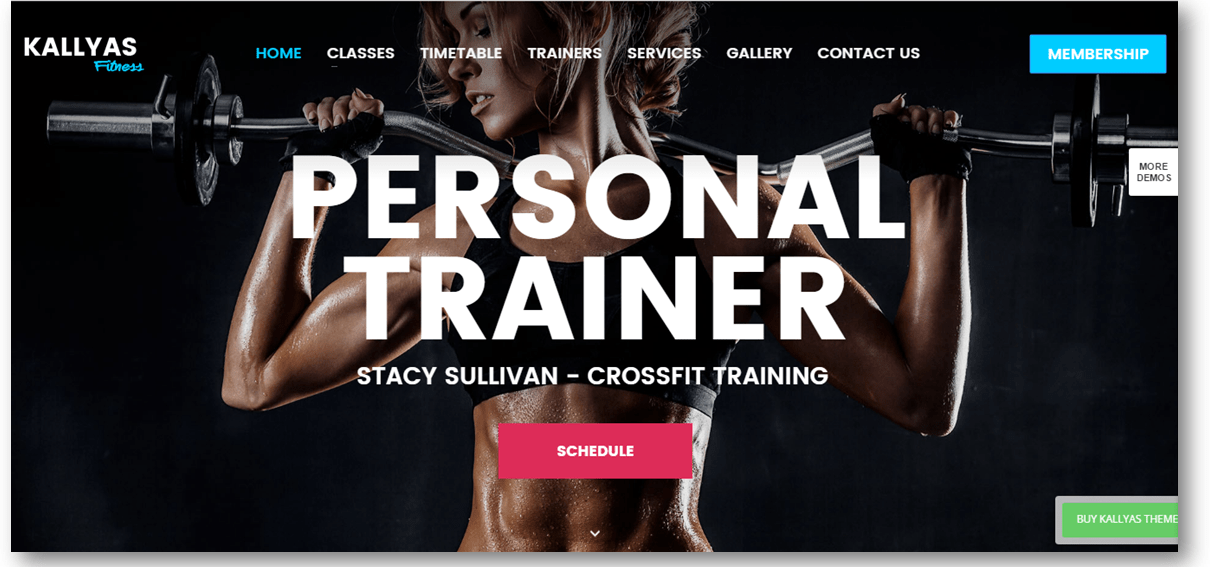
Understanding the underlying theory and strategy of a MOBA is crucial for effective gameplay and improvement. A strong grasp of fundamental mechanics and strategic thinking allows players to make informed decisions, anticipate opponent actions, and ultimately, win more games. This section will explore the key theoretical concepts and strategic approaches that form the backbone of successful MOBA play.
Successful MOBA gameplay relies heavily on understanding core game mechanics. This includes a thorough grasp of concepts like last hitting for gold, map awareness, objective control (e.g., securing towers, dragons, or Baron Nashor), and effective laning phase strategies. Furthermore, understanding the individual strengths and weaknesses of each hero, and how those strengths and weaknesses interact within a team composition, is paramount. Ignoring these fundamental mechanics will severely limit a player’s potential.
Fundamental Game Mechanics and Strategies
Mastering the fundamental mechanics forms the bedrock of any successful MOBA player’s skillset. This includes efficient last-hitting to maximize gold income, understanding creep equilibrium to maintain lane control, and recognizing opportunities for ganks and rotations across the map. Effective warding and map awareness are also essential for anticipating enemy movements and avoiding ambushes. Understanding these mechanics allows for better decision-making in all phases of the game. For example, a player who understands creep equilibrium can manipulate the wave to their advantage, creating opportunities for aggression or safe farming. Similarly, effective ward placement can provide crucial vision, allowing for better team coordination and strategic decision-making.
Common Strategies at Different Game Stages
MOBA games typically progress through distinct phases, each requiring different strategic approaches. The early game focuses on securing lane dominance, farming efficiently, and avoiding unnecessary deaths. Mid-game strategies often revolve around objective control, securing key buffs or neutral monsters, and initiating team fights. The late game emphasizes team composition synergy, strategic positioning during team fights, and effective siege tactics to push down enemy structures. A successful strategy adapts to these phases. For instance, a team might focus on aggressive early-game strategies with heroes who excel in early skirmishes, then transition to a more defensive strategy in the late game, relying on heroes with strong scaling and late-game team fight presence.
Team Compositions and Their Effectiveness
Different team compositions excel in various game scenarios. A team built around heavy AoE damage might dominate team fights, while a composition focused on strong single-target damage might be more effective at picking off individual targets. Similarly, compositions with strong initiation heroes can easily start team fights, while compositions built around strong sustain and defense might be better suited for prolonged sieges. The choice of composition should be tailored to the enemy team’s composition and the overall game state. For example, a team with several melee heroes might struggle against a team with strong crowd control and poke, highlighting the importance of counter-picking and adapting to the opponent’s strategy. Understanding these synergies and counter-strategies allows players to create effective team compositions that maximize their chances of victory.
Tracking Progress and Making Adjustments
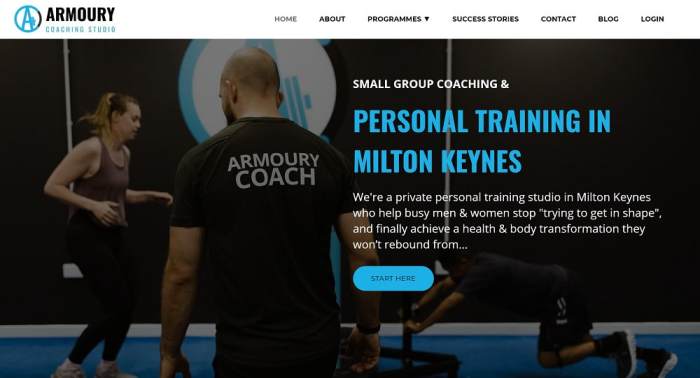
Consistent monitoring and adaptation are crucial for effective training. A personalized regimen isn’t static; it evolves with the player’s performance. Regularly tracking key metrics and analyzing gameplay reveals areas for improvement, allowing for strategic adjustments to maximize training effectiveness.
Regularly reviewing and adjusting your training plan based on your progress is vital to continued improvement. This involves tracking relevant metrics, analyzing your gameplay, and making informed decisions about your training focus.
Win Rate Tracking and Analysis
Tracking your win rate provides a broad overview of your overall performance. A consistent decline might indicate a need for a reassessment of your training focus or strategy. Conversely, a significant improvement suggests the training is effective. For example, if a player’s win rate increases from 40% to 55% after implementing a new training regimen focused on map awareness, it suggests the regimen is beneficial. Analyzing individual matches contributing to the win rate increase will further highlight the areas of improvement. This could involve reviewing replays to identify specific situations where improved map awareness directly contributed to victory.
KDA Analysis and Interpretation
KDA (Kills, Deaths, Assists) provides a more granular view of in-game performance. A high KDA generally indicates effective aggression and team contribution, while a low KDA might point to weaknesses in decision-making, positioning, or team coordination. For instance, a player with a consistently high kill count but also a high death count might need to focus on improving their survival skills and game awareness. Analyzing specific matches with low KDA can pinpoint critical moments where improved decision-making could have altered the outcome.
Gameplay Data Analysis Methods
Analyzing replays is invaluable. Reviewing your own gameplay, focusing on decision-making at key moments, can reveal patterns of mistakes or areas for improvement. Consider using tools that provide in-game statistics, such as damage dealt, objective control, and vision score. These metrics offer a more detailed understanding of your strengths and weaknesses within matches. For example, a low vision score might indicate a need to improve warding strategies, while consistently low damage dealt might highlight the need to improve item builds or combat mechanics.
Adjusting the Training Plan
Based on the analyzed data, adjustments to the training plan are necessary. If win rate is stagnant despite improvements in KDA, the focus might shift from individual skill to team coordination exercises. If KDA remains low despite focused training on specific skills, additional training on fundamental mechanics might be required. A flexible training plan allows for adaptation to individual progress and changing needs. For example, if a player consistently struggles with laning phase, the training plan should allocate more time to practice laning mechanics and strategies. Conversely, if a player excels in laning but struggles in team fights, the focus should shift towards team fight training and strategy.
Mental Aspects of Training
Developing a strong mental game is as crucial as honing mechanical skills in MOBA gameplay. A positive mindset, effective stress management, and sharp focus significantly impact performance and enjoyment. Neglecting these aspects can lead to frustration, inconsistent gameplay, and ultimately, hinder progress.
Maintaining a positive attitude and managing stress during gameplay are essential for consistent performance. The highly competitive nature of MOBAs can lead to intense emotional responses, particularly during losses or frustrating moments. Learning to manage these emotions is key to avoiding tilt, a state of mental frustration that significantly impairs decision-making and performance.
Stress Management Techniques
Effective stress management techniques can mitigate the negative impact of intense gameplay. Deep breathing exercises, short breaks during gameplay, and mindful meditation are all effective tools. Taking a few minutes to step away from the game, stretch, or engage in a relaxing activity can help reset your mental state and return to gameplay with a clearer mind. Regular physical exercise outside of gaming can also significantly contribute to stress reduction and improved overall well-being, indirectly improving gaming performance. For example, a short run or a quick workout session can help clear your head and improve focus.
Improving Focus and Concentration
Sustained focus and concentration are vital for optimal performance in MOBAs. The fast-paced nature of the game demands constant attention to detail, strategic thinking, and quick reflexes. Techniques such as mindfulness meditation, practicing selective attention exercises, and minimizing distractions during practice sessions can improve focus. Creating a dedicated gaming space free from interruptions is also beneficial. For instance, turning off notifications on your phone and using noise-canceling headphones can significantly enhance concentration.
Benefits of Teamwork and Communication
Effective teamwork and communication are paramount in MOBAs, where coordinated actions are crucial for success. Open communication with teammates, actively listening to strategies, and offering constructive feedback can foster a collaborative environment and improve overall gameplay. Clear and concise communication, using pre-determined callouts or signals, ensures that all team members are aware of objectives and potential threats. For example, calling out enemy positions or indicating planned ganks can significantly enhance coordination and increase the chances of victory. A team that effectively communicates and supports each other is far more likely to overcome challenges and achieve success.
Visual Aids for Training
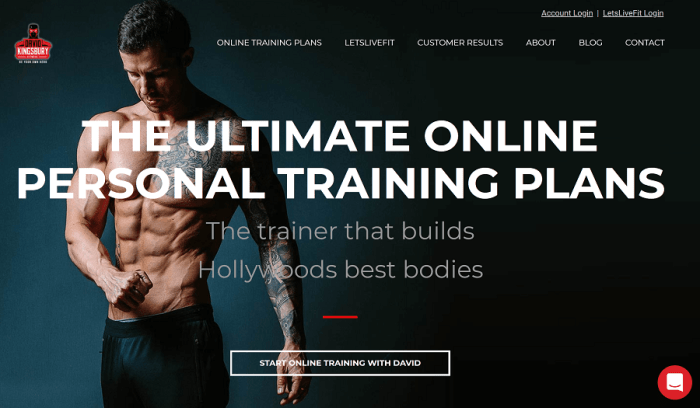
Visual aids are crucial for effective MOBA training. They transform abstract concepts into easily digestible information, improving comprehension and retention. By visualizing key mechanics and strategies, players can better understand and apply them in-game. This section will detail how to create effective visual aids for various aspects of MOBA training.
Visual Representations of Core MOBA Concepts
Effective visual aids for common MOBA concepts should be clear, concise, and easily understood. For instance, wave management can be represented using a simple diagram showing minion waves, tower ranges, and the optimal positioning for last-hitting and pushing. A diagram showing the optimal path for the jungle route, highlighting key camps and their respawn timers, is helpful for visualizing jungle pathing. Objective control can be represented with a map of the game, showing the locations of key objectives (e.g., dragon, baron, towers) and their strategic importance, possibly highlighting optimal timing and team compositions for capturing these objectives. These visuals should use simple shapes and colors to represent different units, objectives, and areas of influence. For example, minion waves could be represented by simple blue rectangles, while towers could be represented by red squares. The jungle path could be represented by a dotted line, highlighting the optimal path to clear camps and maximize gold and experience gain.
Sample Training Schedule Visualization
A visual representation of a training schedule enhances adherence and accountability. Using a simple bullet-point list, a sample training schedule could look like this:
- Monday: Wave Management Practice (30 minutes) – Focus on last-hitting and efficient wave clearing.
- Tuesday: Jungle Pathing Practice (45 minutes) – Optimize jungle routes for efficient farming and ganking.
- Wednesday: Teamfight Mechanics (1 hour) – Practice positioning, engaging, and disengaging in teamfights.
- Thursday: Objective Control Practice (45 minutes) – Focus on securing objectives and countering enemy attempts.
- Friday: Scrimmage and Review (2 hours) – Play a practice match and analyze performance.
- Weekend: Rest and Review – Analyze past matches, identify weaknesses, and plan for the following week.
This schedule visually organizes training activities, promoting focused practice and efficient time management. The duration of each training session can be adjusted based on the individual player’s skill level and available time.
Visual Representation of Player Strengths and Weaknesses
Identifying and addressing player strengths and weaknesses is crucial for personalized training. A simple bullet-point list can effectively represent this. For example:
- Strengths: Excellent last-hitting, strong map awareness, effective communication.
- Weaknesses: Poor decision-making in teamfights, inefficient jungle pathing, struggles against specific enemy heroes.
This visual representation allows for a clear and concise overview of the player’s profile, guiding the training plan towards improving weaknesses and leveraging strengths. Further details can be added under each point to provide more specific information. For instance, under “inefficient jungle pathing,” one could add specific examples like “often misses camps” or “takes too long to clear camps.” This level of detail provides actionable feedback for targeted improvement.
Final Summary

By meticulously crafting a personalized training regimen and consistently applying the strategies and techniques Artikeld, you’ll unlock your full potential as a MOBA player. Remember, consistent effort, strategic planning, and a commitment to self-improvement are the keys to climbing the ranks and achieving your desired level of mastery. This journey requires dedication, but the rewards – improved gameplay, increased win rates, and a deeper understanding of the game – are well worth the effort. Embrace the challenge, refine your skills, and dominate the battlefield!
Query Resolution
What if I don’t have much time to dedicate to practice?
Even short, focused practice sessions are beneficial. Prioritize specific skills and focus on improving one area at a time rather than trying to do everything at once.
How often should I adjust my training plan?
Regularly review your progress (weekly or bi-weekly) and adjust your plan based on your performance. If a particular strategy isn’t working, try a different approach.
What if I get frustrated during practice?
Take breaks when needed. Frustration hinders progress. Step away, clear your head, and return with a fresh perspective.
Are there any good resources for finding practice partners?
Many MOBA communities and forums offer opportunities to find practice partners or groups. Look for dedicated practice channels or threads within your preferred game’s community.


